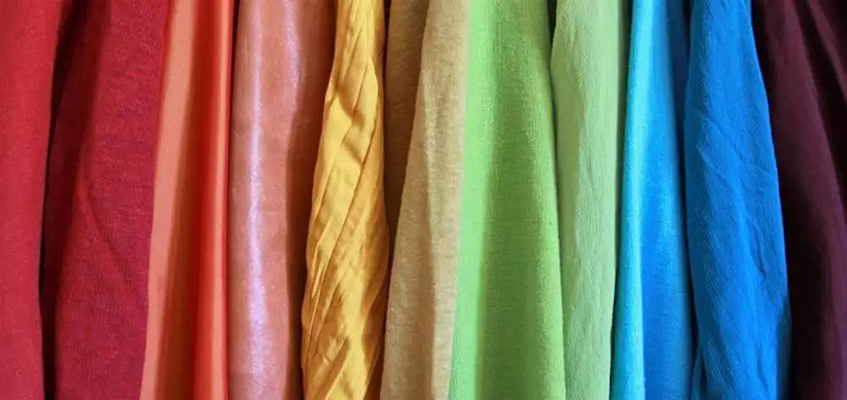Desizing
Desizing is for sizing woven fabrics. For weaving easily, most of the woven fabric needs sizing before woven. The commonly used desizing methods are hot water desizing, alkali desizing, enzyme desizing and oxidation desizing. If fabrics are not desize fully, the dye up-take of dyes will be influenced during dyeing process, or the handle of fabrics will become poor.
Degreasing
Degreasing is mainly for chemical fiber fabrics (or yarns), such as polyester and nylon, etc. If fabric is not well degreased, it will also influence the dyeing effect and cause oil stain and color stain, etc.
Weight Reduction
Fiber splitting is for chemical fiber fabrics, such as polyester microfiber, sea-island fiber and polyester/nylon blends, etc. The splitting of polyester is also called alkali weight reduction. Splitting will affect the dyeing color fastness and dyeing shade stability. Generally, it is to control the splitting effect by weight loss ratio of splitting.
Scouring
Scouring is mainly aimed at natural fibers and regenerated cellulose fibers. The purpose is to remove impurities such as grease, wax and pectin from the fibers. The main index of scouring is capillary effect. The capillary effect will directly influence the dye up-take and dyeing evenness.
Bleaching
Bleaching is mainly aimed at natural fibers and regenerated cellulose fibers. The purpose of bleaching is to remove coloring matter to achieve whiteness. For sensitive colors and brilliant colors, the stability of bleaching whiteness is important.
Conclusion
In order to improve the one-time success rate of dyeing, it needs to control each index of pretreatment, as desizing level, degreasing rate, splitting rate, capillary effect, weight loss and whiteness, etc. If all these indexes are stable, that means the dyeing is half success.
Post time: Mar-05-2024


